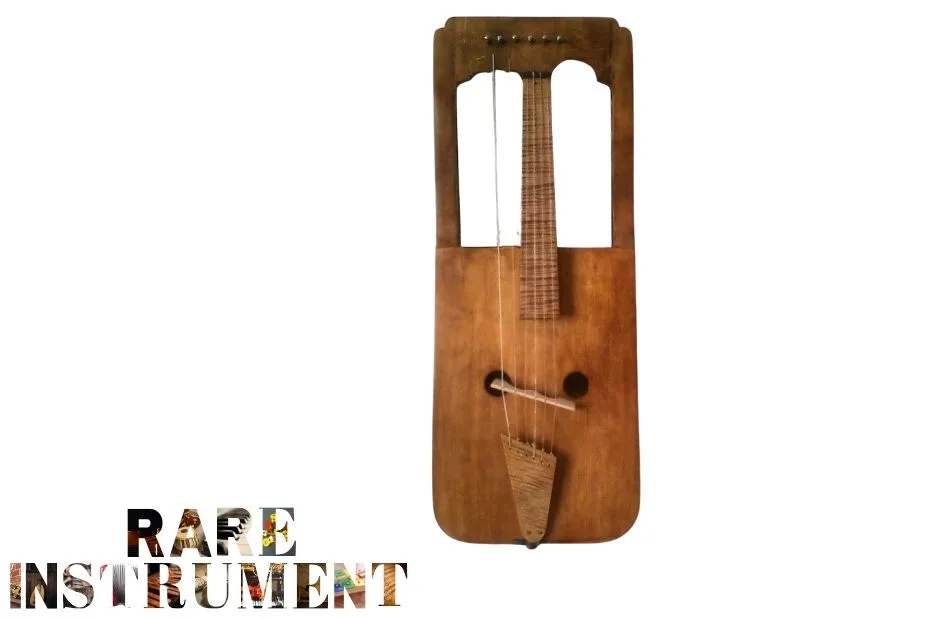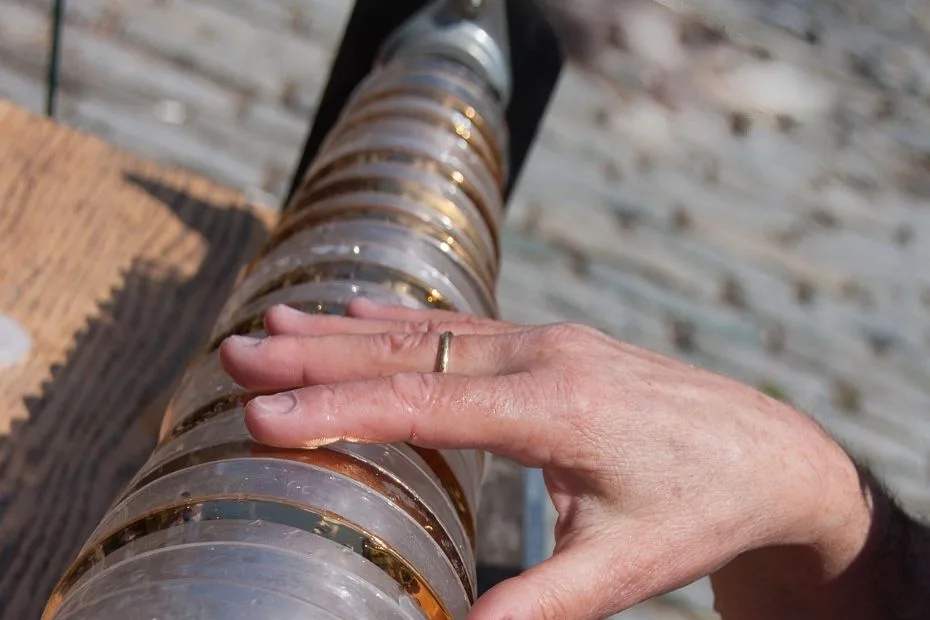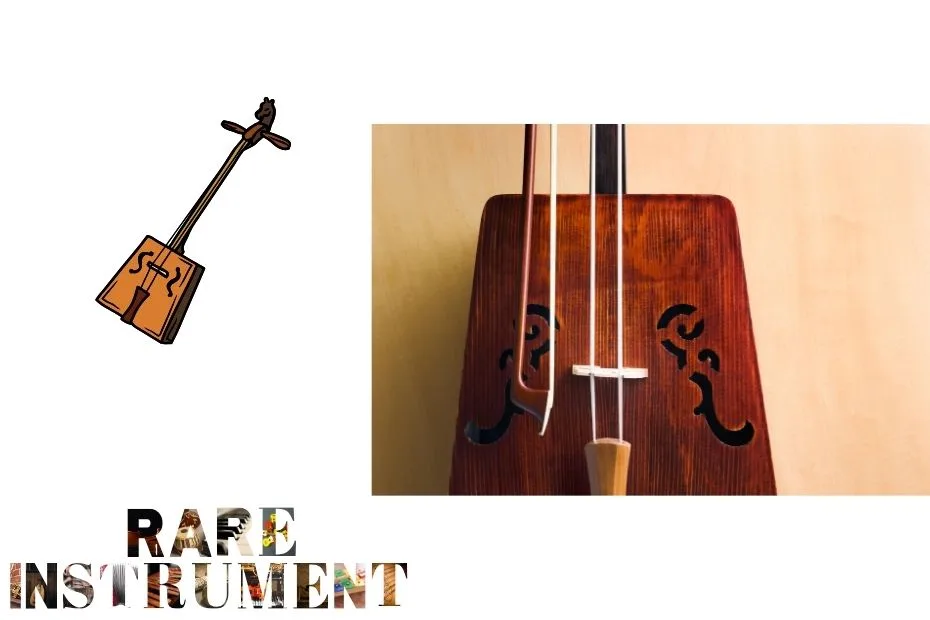Crwth Unbound: Wales’s Bowed Lyre, From Court Dance to 21st-Century Stage
| Primary Name | Crwth (also spelled crowd; bowed lyre) |
|---|---|
| Instrument Family | Bowed chordophone with flat bridge and yoke arms |
| Heartland | Wales; traces across the broader Celtic world |
| Construction | Single-piece body and yoke, shallow soundbox, 5–6 strings including drones |
| Dimensions | Body length ~30–40 cm; low ribs for quick projection |
| Typical Tuning | Variable regional scordatura, often drone-friendly |
| Signature Timbre | Focused midrange, grainy bow noise, persistent drones suited to dance |
| Modern Champions | Revivalist makers, folk artists, early-music demonstrators |
Historical and Cultural Frame
Once central to Welsh social music, the crwth held space in guild life, courtly gatherings, and village dances. Surviving 18th–19th-century instruments and prints show a distinct organology: a bowed lyre rather than a violin ancestor. It faded as the fiddle spread, yet today museum holdings, community workshops, and folk festivals are renewing its voice for classrooms, galleries, and concert stages.
Anatomy, Acoustics, and Playability
The crwth’s relatively flat bridge encourages two- and three-string contact—an always-on drone aesthetic. The left hand often stops strings against a shallow board instead of a high fingerboard, producing a direct, speech-like attack. Expect a concentrated core in the 500–2,000 Hz band and a short natural decay; that “dry” envelope keeps dance rhythms crisp. If you come from fiddle, the feel is less cantabile, more rhythmic engine.
Technique Palette
- Drone balance: Use minimal bow-angle shifts to keep a bottom string humming while phrasing melody on the next course.
- Articulation: Short détaché strokes for jigs and reels; broaden to near-legato for airs and processional tunes.
- Ornament: Cuts, mordents, and double-stops fall naturally under the hand thanks to the bridge profile.
Repertoire and Today’s Uses
Period dance forms (measures, jigs) translate well to modern folk stages. In the studio, the crwth layers beautifully with harp, cittern, and frame drum; its midrange sits just above guitar fundamentals, avoiding muddiness. Film and game composers deploy it for credible medieval color without the weight of a full viol consort.
Practical Know-How
- Setup: Micro-changes in bridge curvature and string spacing transform drone behavior. A flatter top boosts chords but narrows single-line agility.
- Strings: Gut or synthetic gut-style sets deliver historical warmth; a light gauge improves bow start-ups.
- Recording: Place a small-diaphragm condenser near the treble side to capture bow grit; high-pass at ~90–120 Hz to tame handling noise.
Terminology
- Bowed lyre: Yoke-armed lyre played with a bow rather than plucked.
- Drone: Sustained pitch that anchors modality and rhythm.
- Scordatura: Intentional retuning for resonance and fingering advantages.
Listen
Further Reading (University/Government)
Amgueddfa Cymru – Museum Wales
The National Library of Wales




Interesting details about the crwth’s construction.